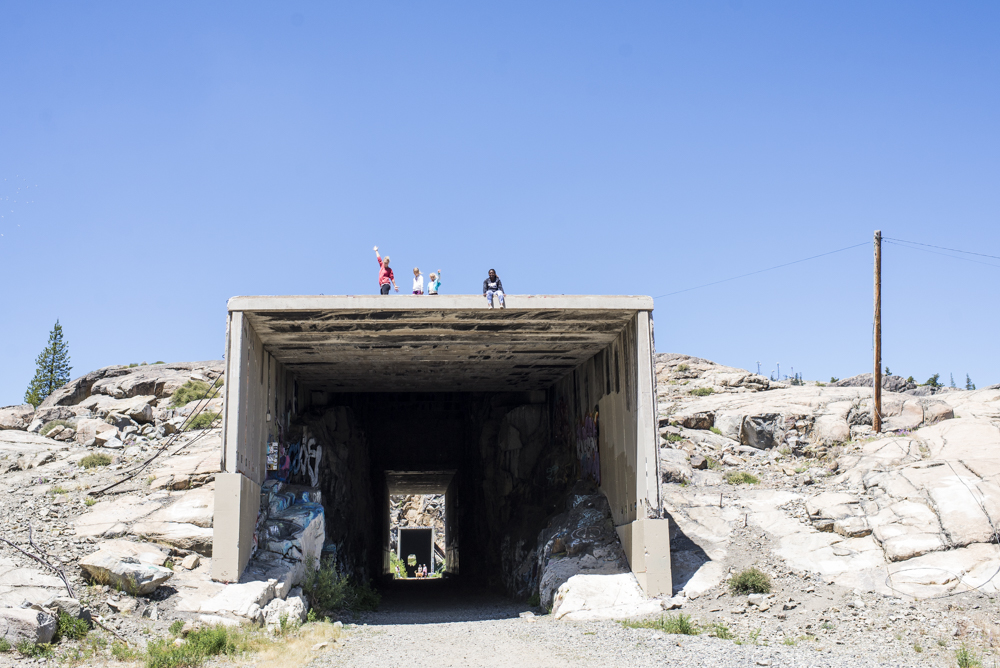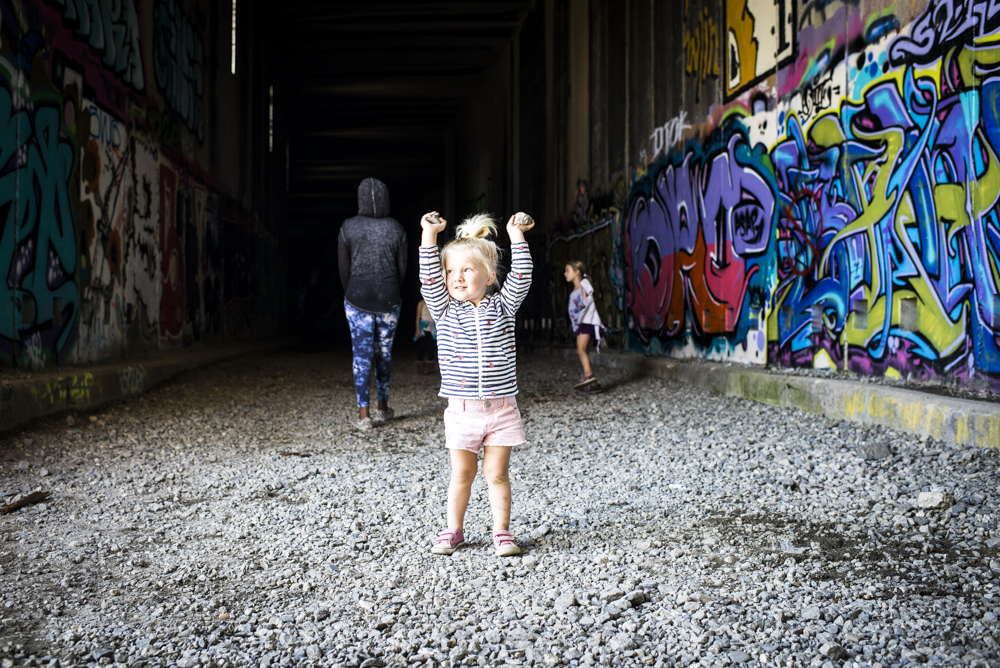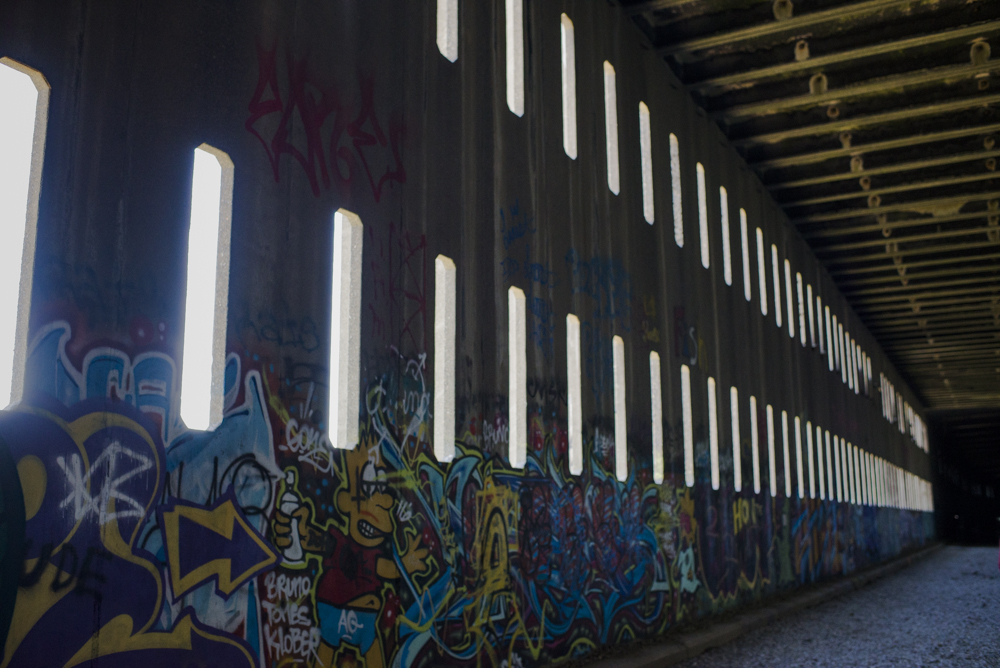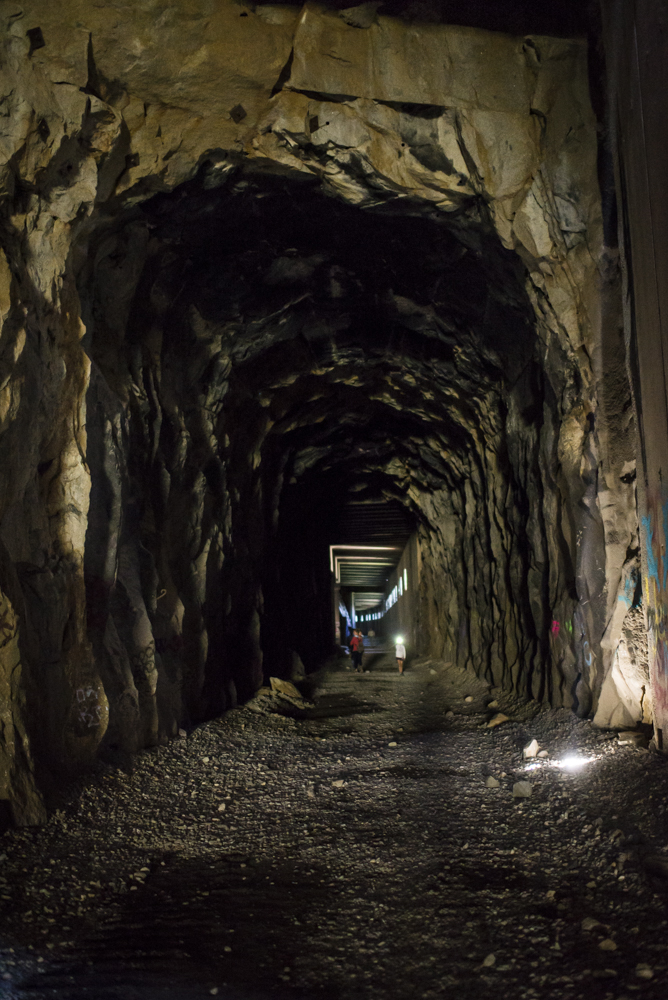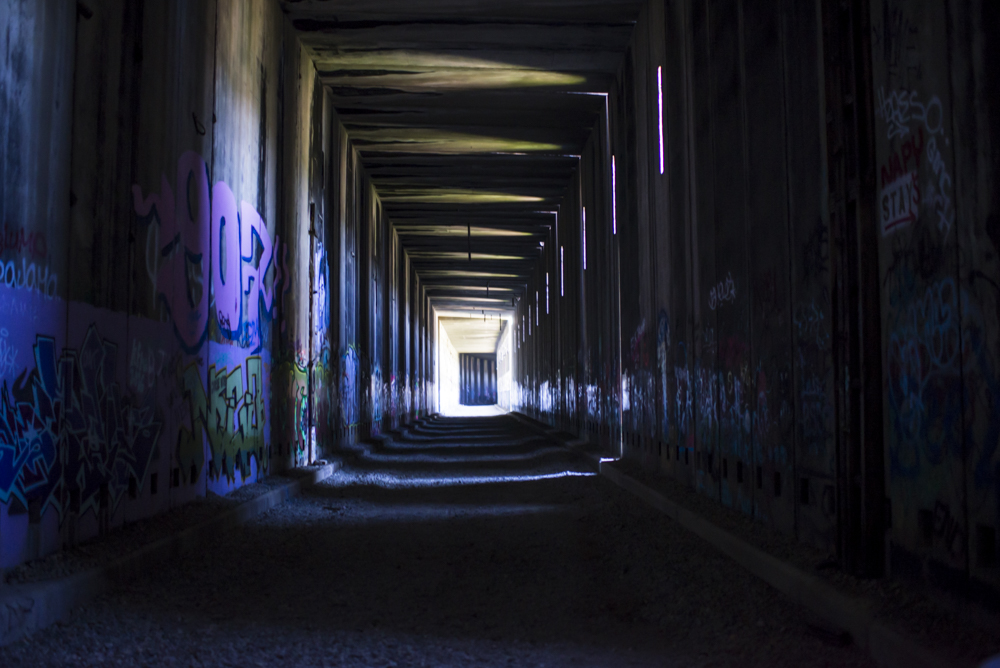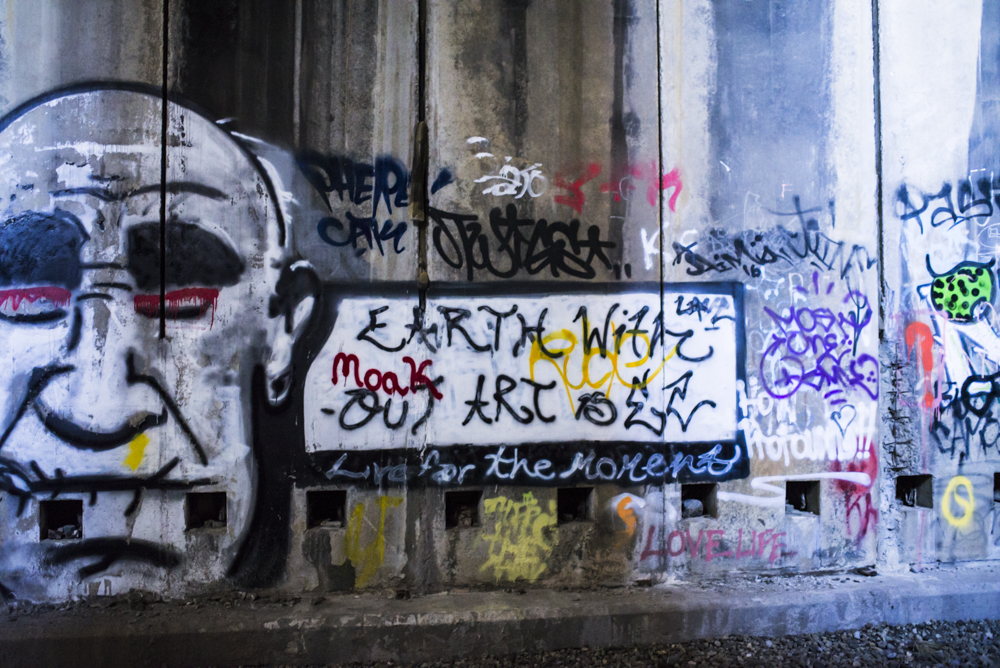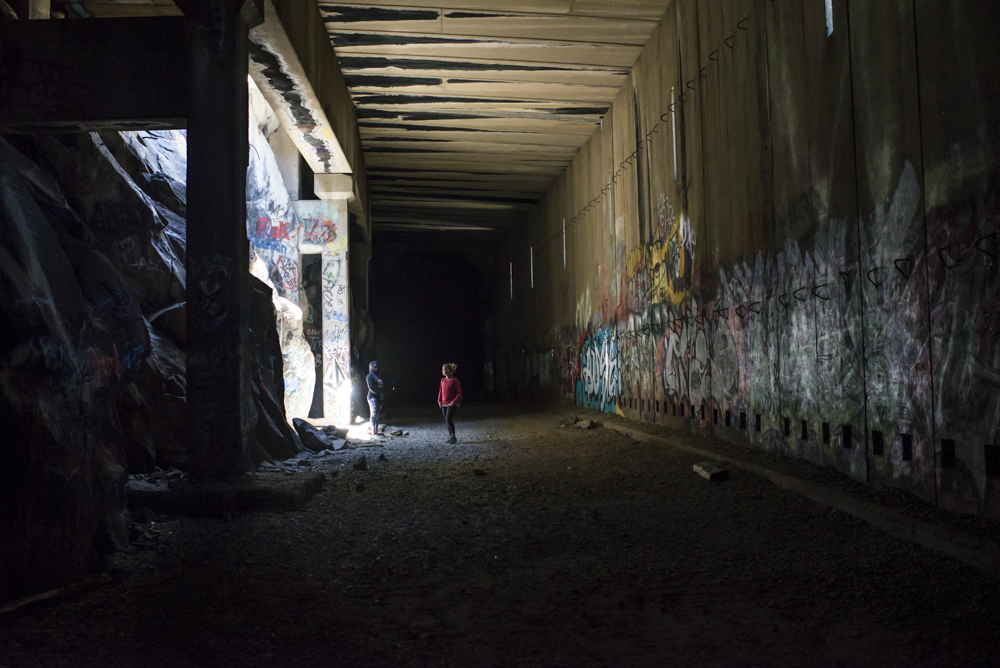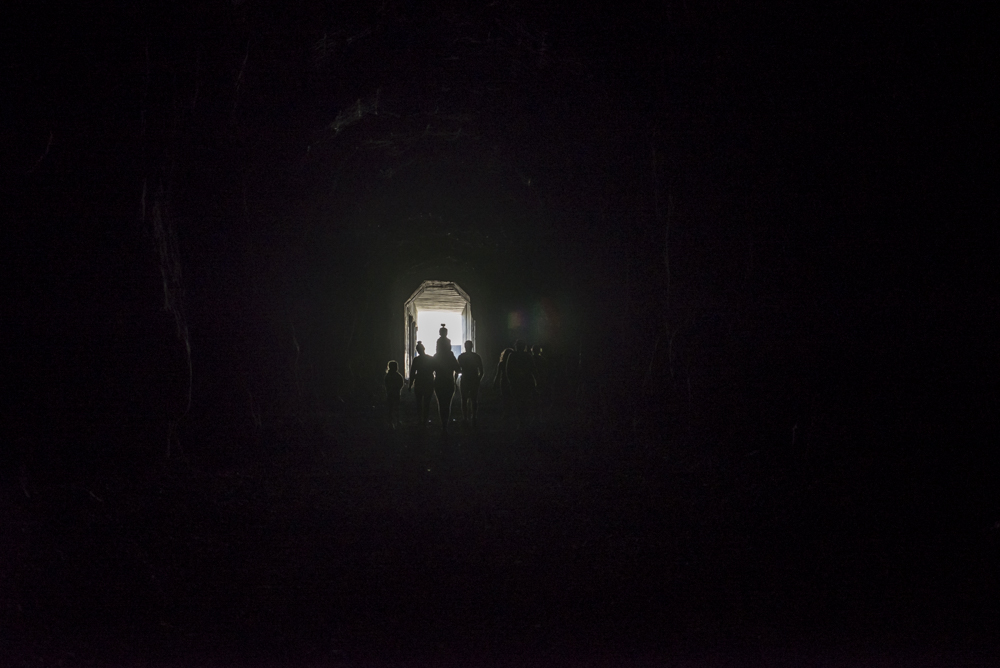The Donner Pass Train Tunnel is unique, to say the least. A marvel of vision and manpower coming together to connect the East and the West via railway and construct something that is often touted as ‘one of the best advancements of all time’, ‘a miraculous partnership between vision and labor’, ‘a dangerous but honorable task that highlights the best of America’. And as all stories go, there is always two sides to the coin.
Truth be told, as amazing as this job was, blowing tons of granite out of the side of the mountain and building all sorts of walls and supports and everything to keep the whole thing from caving in on itself, the roadside placards displayed sharing the history of the tunnel do a massive disservice to the laborers involved. And as much as I love taking friends here, I can’t help but mention the darker side of the story. One of the history markers sites the visionary response to using the Chinese to construct it. It says that originally he was hesitant because of the small stature of the Chinese, but realized, “Hey, they built the great wall didn’t they?!” And the stereotypes and prejudice and blatant effort for ‘cheap labor’ scream out from all these snapshots of history.
In the 1860‘s, 12,000 Chinese workers were brought to Donner Pass to construct the tunnel. They were underpaid. Working conditions were incredibly dangerous and the weather was terrible. Their camps and food were nothing like their white counterparts and the number of Chinese that died during construction wasn’t even documented. When the tunnel was completed in August of 1867, all credit was given to the chief engineer of the Central Pacific Railroad, Theodore Judah, for his enduring determination to take the risk of going through the mountain and constructing the final leg to make a railway to the pacific ocean possible, discounting the countless lives that were unwillingly sacrificed.
The last train passed through this tunnel in 1993, when railway service was rerouted through a new tunnel just south of this one, ironically through a mountain that bears the visionaries name, Mt. Judah.
In my mind, every time I visit the train tunnel, I see it as more of a memorial. A slice of history with a nod to the true dedication of the people working in these dark, damp corridors.
